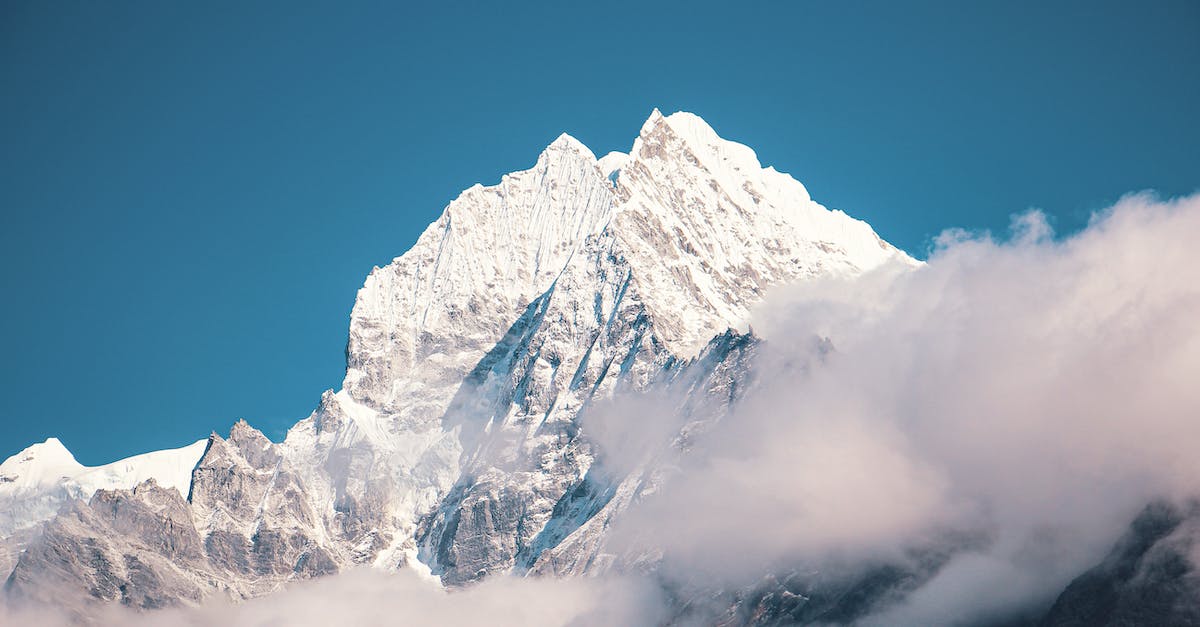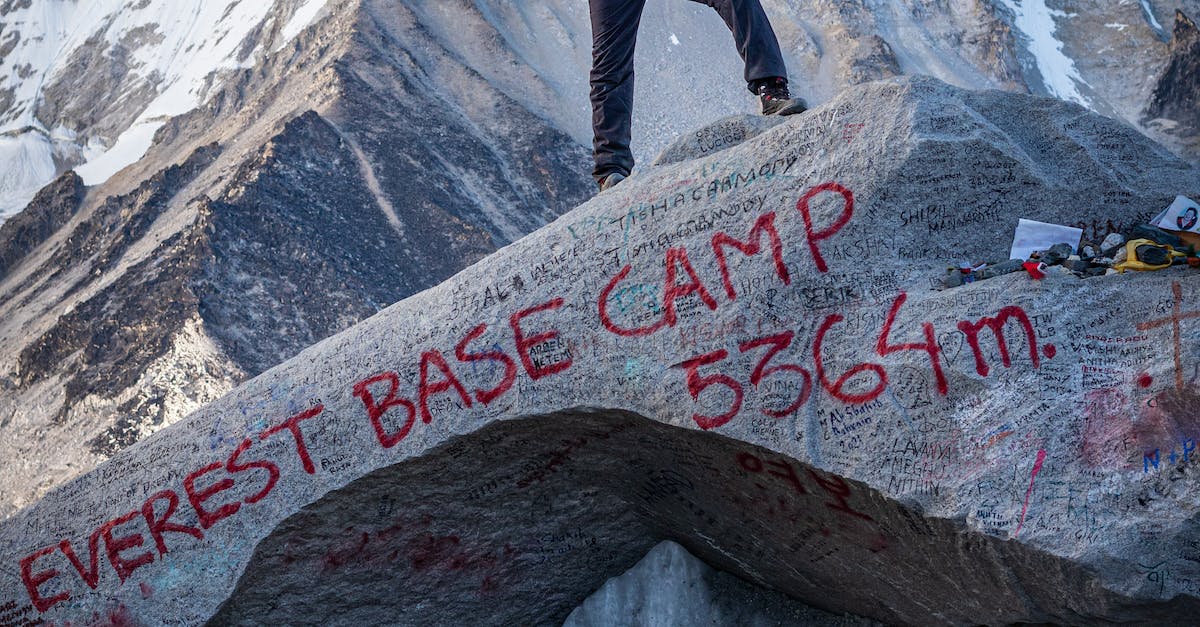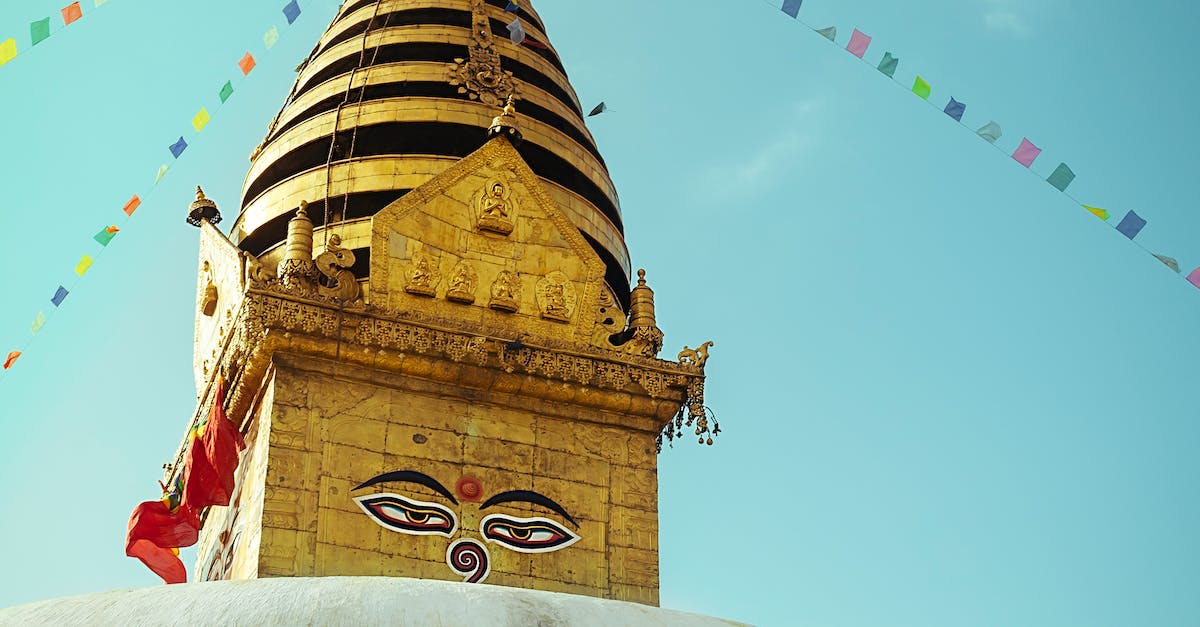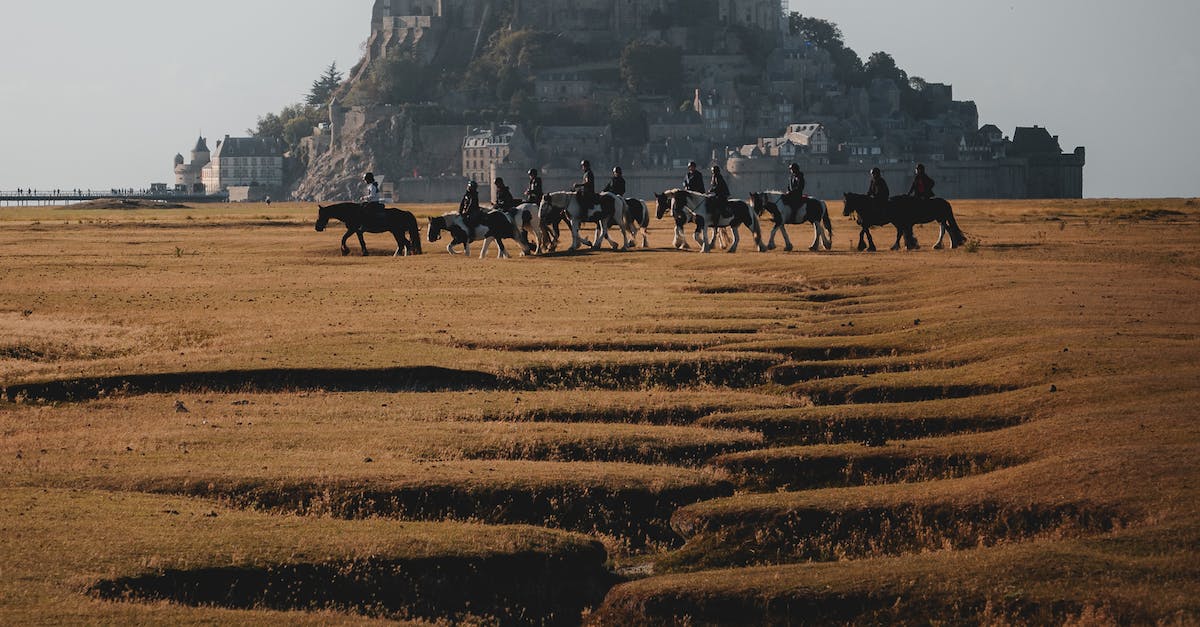
 Mount Everest is the highest peak in the world, standing at 8,848 meters tall. It is a popular destination for mountaineers and trekkers from all over the world. The base camp is located at an altitude of 5,364 meters and offers stunning views of the surrounding Himalayan mountains.
Mount Everest is the highest peak in the world, standing at 8,848 meters tall. It is a popular destination for mountaineers and trekkers from all over the world. The base camp is located at an altitude of 5,364 meters and offers stunning views of the surrounding Himalayan mountains.
 The Khumbu Icefall is a treacherous section of the Mount Everest climbing route, located between base camp and Camp 1. It is filled with crevasses, ice towers, and shifting ice blocks, making it one of the most dangerous parts of the climb. It is also one of the most spectacular, with breathtaking ice formations and views of the surrounding peaks.
The Khumbu Icefall is a treacherous section of the Mount Everest climbing route, located between base camp and Camp 1. It is filled with crevasses, ice towers, and shifting ice blocks, making it one of the most dangerous parts of the climb. It is also one of the most spectacular, with breathtaking ice formations and views of the surrounding peaks.
 The Tengboche Monastery is a Tibetan Buddhist monastery located in the Khumbu region of Nepal, near Mount Everest. It was built in the 20th century and is the largest gompa in the area. It offers stunning views of the surrounding Himalayan peaks and is a popular destination for trekkers.
The Tengboche Monastery is a Tibetan Buddhist monastery located in the Khumbu region of Nepal, near Mount Everest. It was built in the 20th century and is the largest gompa in the area. It offers stunning views of the surrounding Himalayan peaks and is a popular destination for trekkers.
Mount Everest, also known as Sagarmatha in Nepali and Chomolungma in Tibetan, has a long and rich history. It was first measured by British surveyors in 1856 and was named after Sir George Everest, the Surveyor General of India at the time. The first successful ascent was made by Sir Edmund Hillary and Tenzing Norgay in 1953. Since then, thousands of climbers and trekkers have visited the mountain, making it one of the most popular tourist destinations in the world.
The food in the Mount Everest region is mostly traditional Nepali cuisine, with a focus on dal bhat, a dish made of lentil soup, rice, and vegetables. Other popular dishes include momos, a type of dumpling filled with meat or vegetables, and thukpa, a noodle soup with vegetables or meat. The region is also known for its tea, with butter tea being a popular local specialty.